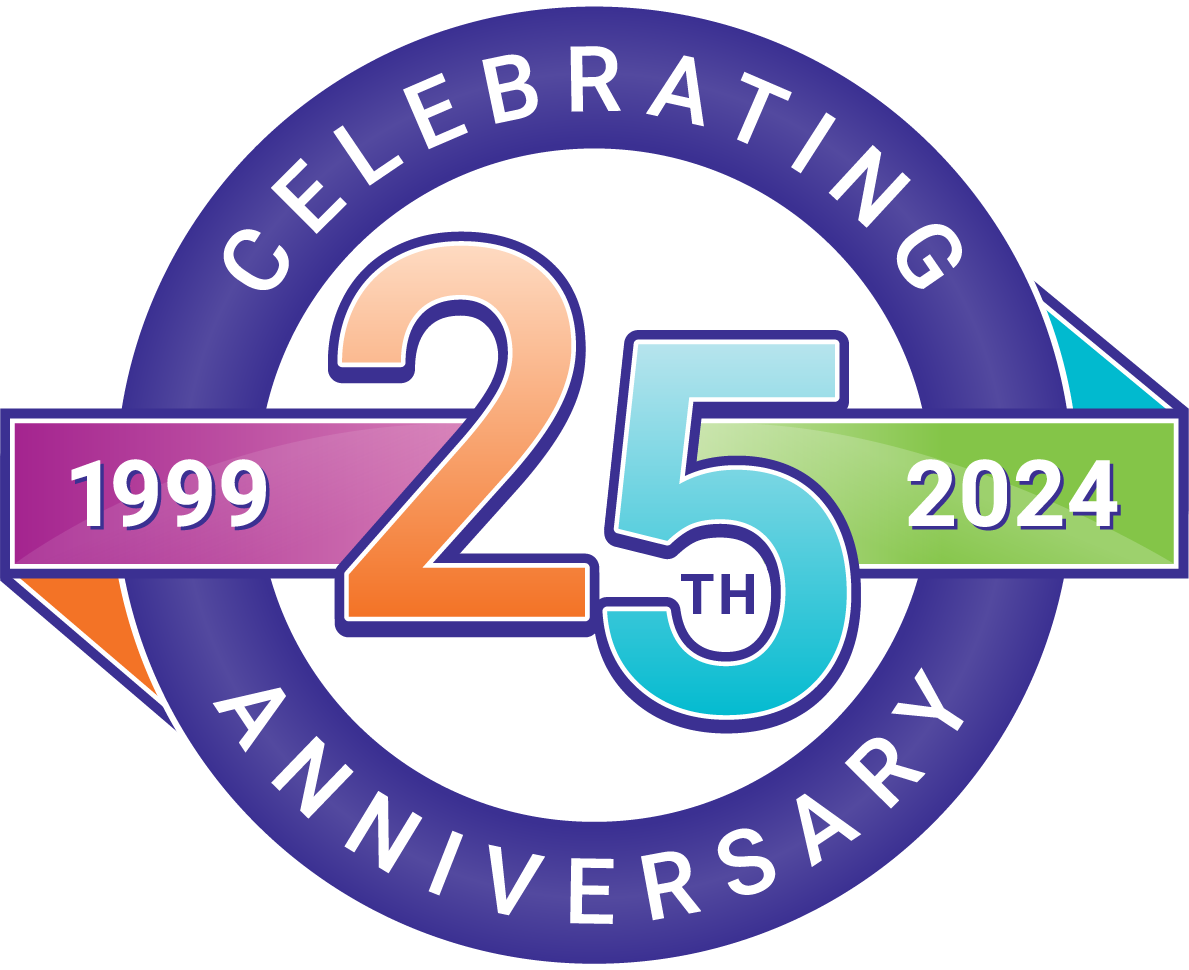Fair Use Guidelines
What is Fair Use?
"Fair use is a legal doctrine that promotes freedom of expression by permitting the unlicensed use of copyright-protected works in certain circumstances. Section 107 of the Copyright Act provides the statutory framework for determining whether something is a fair use and identifies certain types of uses—such as criticism, comment, news reporting, teaching, scholarship, and research—as examples of activities that may qualify as fair use..." (Copyright.gov)
Four Factors of Fair Use
Consider these factors to determine whether a particular instance of copying is fair use:
- The purpose and character of the use, including whether such use is of a commercial nature or is for nonprofit educational purpose.
- The nature of the copyrighted work, including whether it is published and factually based.
- The amount and substantiality of the portion used in relation to the copyrighted work as a whole.
- The effect of the use upon the potential market for or value of the copyrighted work (Copyright.gov).
Fair Use Evaluator
Michael Brewer and the ALA Office for Information Technology Policy developed the Fair Use Evaluator, an online tool to help people decide if the use of a copyright work is a fair use. Pay attention to the blue notes.
When in doubt, ask for permission before using a copyrighted work.
| Educator Content There is currently no educator content for this page. |
|
Do you want to share this page with students, but you don't want students to see the Educator Content section? Share this link instead of the URL at the top of the page: |
